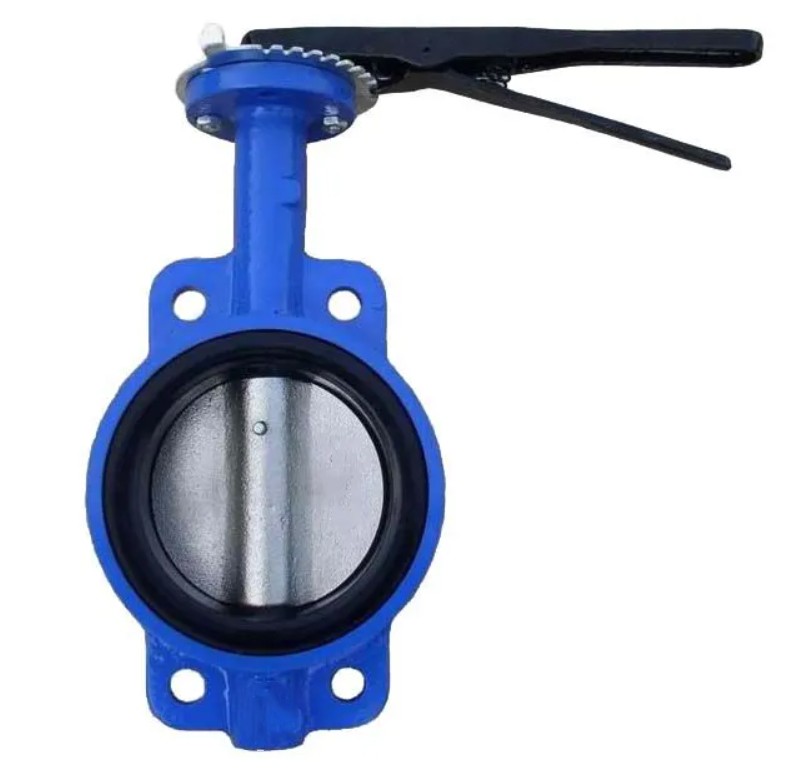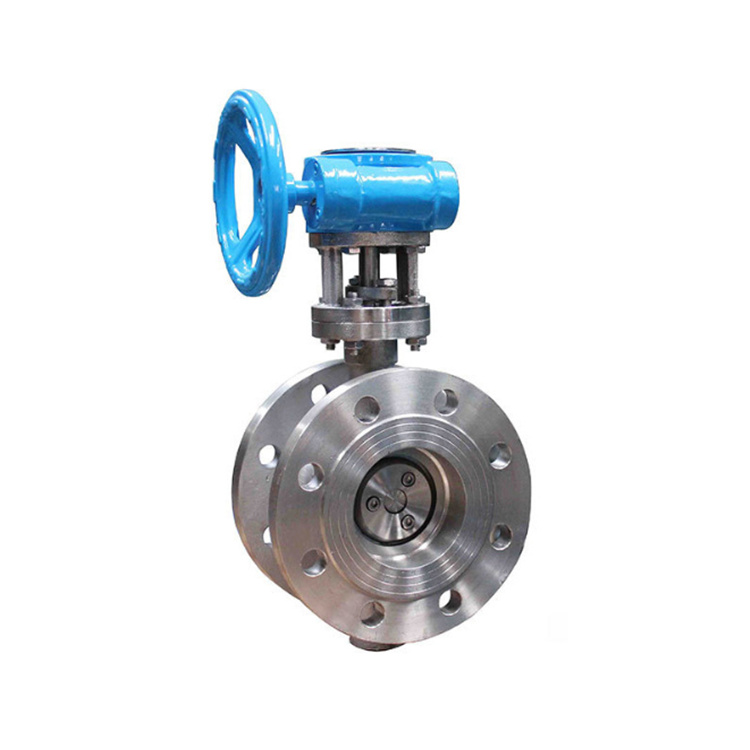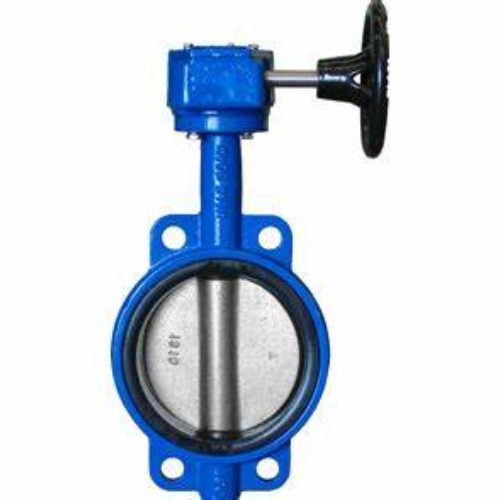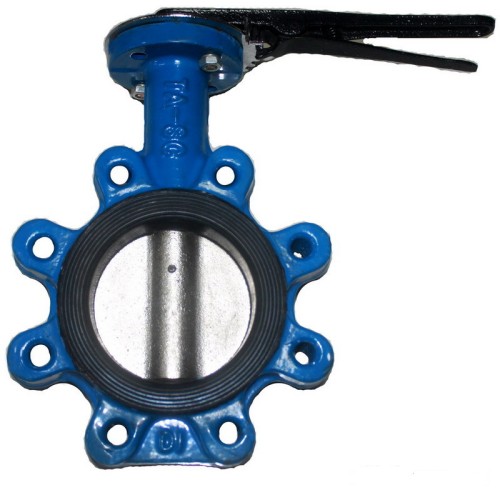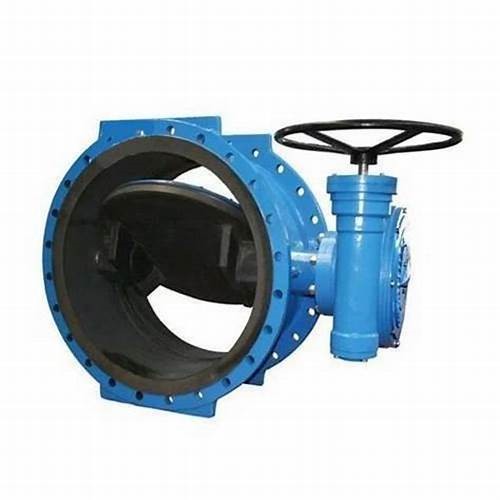The butterfly valve is a common type of valve that is used to regulate or isolate the flow of a fluid in a pipeline. It is called a "butterfly" valve because of the wing-like disc that is used to control the flow. Butterfly valves can be classified based on several factors:
1. Based on the type of disc:
Concentric butterfly valve: The disc center is positioned in the center of the pipe bore, providing a streamlined flow path.
Eccentric butterfly valve: The disc center is offset from the pipe bore center, allowing for a bubble-tight shut-off and reduced wear.
2. Based on the type of seal:
Rubber-seated butterfly valve: The disc is lined with a rubber or elastomeric seat, providing a tight seal and low torque operation.
Metal-seated butterfly valve: The disc is in direct contact with the metal seat, offering high-temperature and abrasive media capabilities.
3. Based on the type of operation:
Manual butterfly valve: Operated by a hand lever or gear, suitable for applications where infrequent operation is expected.
Actuated butterfly valve: Utilizes pneumatic, electric, or hydraulic actuators for remote or automated operation, ideal for large-scale industrial processes.
4. Based on the type of application:
High-performance butterfly valve: Designed for high-pressure, high-temperature, or severe service applications, offering enhanced performance and durability.
Why Use Butterfly Valve Instead Of Gate Valve?
Butterfly valves are often chosen over gate valves for several reasons. Firstly, butterfly valves are generally more compact and lighter in weight compared to gate valves, making them easier to install and requiring less space. This can be advantageous in applications where space is limited or where weight considerations are important. Secondly, butterfly valves typically have a lower pressure drop compared to gate valves, meaning that they cause less resistance to flow when fully open. This can result in energy savings and improved system efficiency, particularly in large-scale industrial applications. Additionally, butterfly valves can offer a more cost-effective solution compared to gate valves, especially for larger-diameter pipelines. Their simpler design and lower material requirements can lead to cost savings in both the initial purchase and ongoing maintenance. Furthermore, butterfly valves can provide more precise flow control in certain applications, especially in systems that require throttling or modulating flow. Gate valves are primarily designed for on/off service and are not as well-suited for regulating flow. Lastly, butterfly valves are often preferred in applications where quick operation and frequent cycling are required. Their quarter-turn operation allows for rapid opening and closing, making them suitable for processes that demand fast response times.
Butterfly Valve Types and Applications
Butterfly valves are versatile and widely used components in various industries due to their simple design, ease of use, and reliable performance. They come in several types, each suited for specific applications. Here's a brief overview of the different types of butterfly valves and their uses:
Wafer Type Butterfly Valve
Design: This type is designed to fit between two flanges in the piping system. It doesn’t have flanged ends but uses flange bolts to center the valve and hold it in place.
Aplicacions: Wafer-type butterfly valves are commonly used in applications where a tight seal is required, even when the pressure drops, such as in water treatment, chemical processing, and food industries.
Lug Type Butterfly Valve
Design: Lug-type butterfly valves have threaded inserts (lugs) on the body of the valve, which allows them to be installed using bolts and nuts. They can be installed between flanges using only the bolts on the pipe side.
Applications: These valves are ideal for systems requiring frequent maintenance, as they allow the downstream piping to be removed independently. They are used in industries such as oil and gas, petrochemical, and high-pressure applications.
Double Eccentric (High-Performance) Butterfly Valve
Design: Also known as a double-offset butterfly valve, this type features an offset stem and disc, reducing friction and wear. It provides a tighter seal than the wafer or lug types.
Applications: Double eccentric butterfly valves are used in applications requiring high performance and durability, such as in HVAC systems, water distribution, and power generation.
Triple Eccentric (Triple Offset) Butterfly Valve
Design: This advanced type has three offsets, minimizing contact between the disc and seat during operation. This reduces wear and provides a bubble-tight shutoff.
Applications: Triple eccentric butterfly valves are used in critical applications where absolute tightness is required, such as in the chemical, petrochemical, and LNG industries.
Butterfly Valves Application
Butterfly valves are integral in controlling the flow of fluids in various industrial processes. They are used extensively in:
Water Treatment: For regulating water flow in filtration and distribution systems.
Oil and Gas: In pipelines and refining processes where tight shutoff and reliable performance are crucial.
Chemical Processing: For handling corrosive and toxic substances safely and efficiently.
Food and Beverage: In hygienic applications due to their ease of cleaning and maintenance.
HVAC Systems: For controlling airflow and maintaining optimal conditions within buildings.
How Do Butterfly Valves Work
Butterfly valves are essential components in fluid control systems, used to regulate the flow of various media such as water, gas, oil, and other liquids. Their simple yet effective design allows for efficient operation and versatile applications across multiple industries. Here’s an overview of how butterfly valves work:
Basic Structure
A butterfly valve consists of a few key components:
Body: The main structure that houses the internal parts and connects to the pipeline.
Disc (or Butterfly): A flat, circular plate that pivots to control the flow.
Stem: A shaft that connects the disc to an external actuator or handle.
Seal: A ring that ensures a tight closure when the valve is fully shut.
Operating Principle
The operation of a butterfly valve revolves around the rotation of the disc within the valve body. Here’s how it works:
Open Position:
When the valve is fully open, the disc is rotated a quarter turn (90 degrees) so that it is parallel to the flow direction. This position offers minimal resistance, allowing fluid to pass through freely.
Closed Position:
When the valve is fully closed, the disc is rotated back to a perpendicular position, blocking the flow path. The seal ensures a tight closure, preventing any leakage.
Intermediate Positions:
The disc can be positioned at any angle between fully open and fully closed to regulate the flow rate. This adjustability allows for precise control over the amount of fluid passing through the valve.
Actuation Methods
Butterfly valves can be operated manually or automatically:
Manual Actuation: Typically involves a lever or handwheel attached to the stem for direct control.
Automatic Actuation: Uses electric, pneumatic, or hydraulic actuators for remote and automated control, enhancing convenience and efficiency in complex systems.
Advantage of Butterfly Valve
Butterfly valves offer several advantages:
Compact Design: Requires less space compared to other valve types.
Lightweight: Easier to install and handle.
Quick Operation: Rapid opening and closing with a 90-degree turn.
Versatile Applications: Suitable for various industries including water treatment, chemical processing, and HVAC systems.





